
The Jamuna is our mother. And because we live on the Jamuna, we have to cope with the river. We have learned from our anchestors how to deal with the river, how to survive ...”
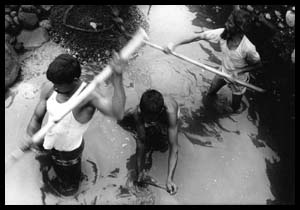
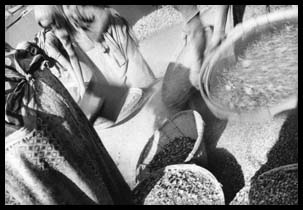
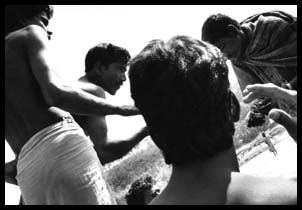

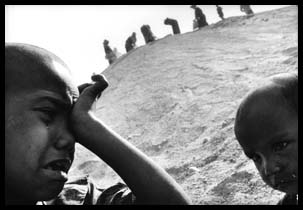


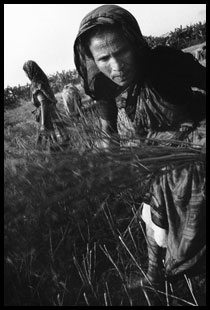






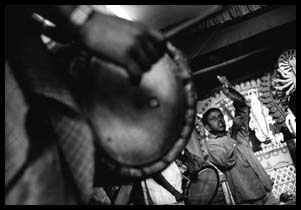


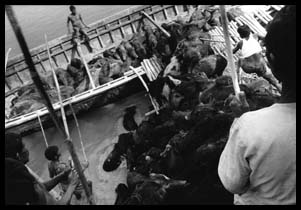 <
<

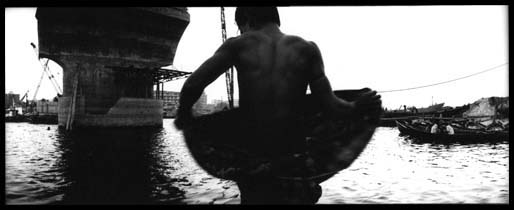

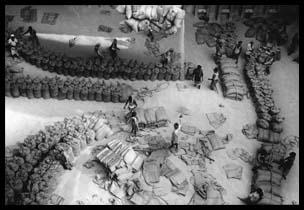
 |
“we have a lot of experience and knowledge about the Jamuna, because we live on the river :
The Jamuna is our mother. And because we live on the Jamuna, we have to cope with the river. We have learned from our anchestors how to deal with the river, how to survive ...” |
Rocks are hard to come by in Bangladesh, a large part of whose expanse was formed by the silt carried in by the Ganga and the Jamuna/Brahmaputra rivers. There is a lot of stone quarrying done in the Chittagong Hill Tracts, the only mountainous area in Bangladesh. The hardest rocks, however, are the ones that roll down across the border from the Garo and Khasi Hills of Meghalaya in India. The river Pyong brings water and sand from the Meghalaya hills into the district of Sylhet. But more importantly, it brings rocks. During the monsoon, the rushing waters wash down rocks and pebbles from India into Jaflong-area/Bangladesh. With dawn every day, more than a hundred little boats with labourers enter the Pyong river, buckets and spades in hand. Each boat generally has a team of three, and one of them goes into the water to gather a bucketful of stones and pebbles. Then there are others who pick out plots on the dry river bed and get to work digging pits in order to extract stones as there is not enough for all the boats in the flowing river. This is one trade which has a geological limit. The stones that tumble down the riverbed from India are decreasing in volume, and the labourers are already taking the risk of invading the no-man´s land in the Indo-Bangla border |
 |
 |
 |
 |
 |
 |
 |
 |
 |
 |
 |
 |
 |
 |
 |
 |
 |
 < < |
 |
 |
 |
 |
 |